
Zhao Weibin, Researcher, PLA Academy of Military Science
May 18, 2018
The US has a new commander in the Pacific. Here’s what to expect from him.
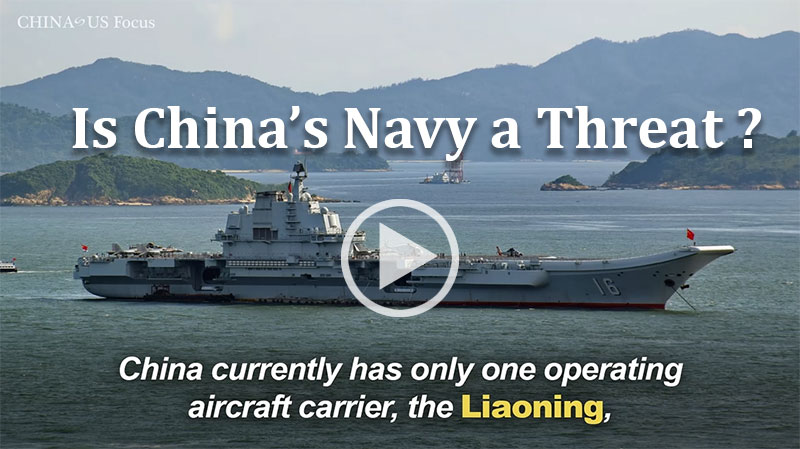
May 18, 2018
China’s activities in its surrounding seas may be as much a recognition of its weaknesses as an assertion of strengths. What is certain is that the East and South China Seas will continue to be sources of contention in the immediate future.
Apr 27, 2018
U.S. Air Force B-52 bombers have carried out training in the vicinity of the South China Sea and the southern Japanese island of Okinawa, the Air Force said on Friday, in what a Chinese newspaper linked to China’s drills near Taiwan.
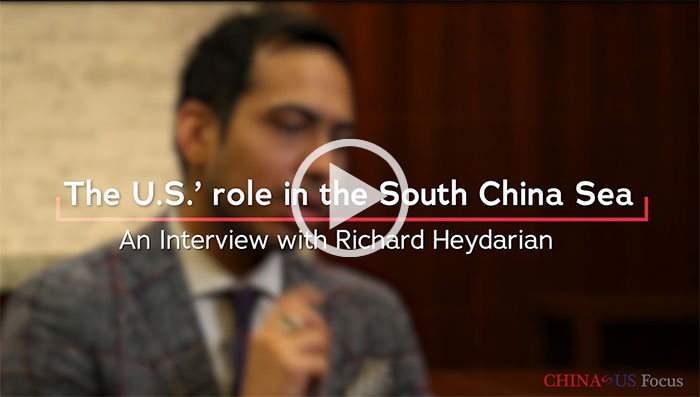
Apr 17, 2018
The problem with the Freedom of Navigation operations by the U.S., China-US Focus contributor Richard Javad Heydarian says, is that it’s provocative enough to give China pretext to further militarize the dispute, but not robust enough to deter China from dominating the area.
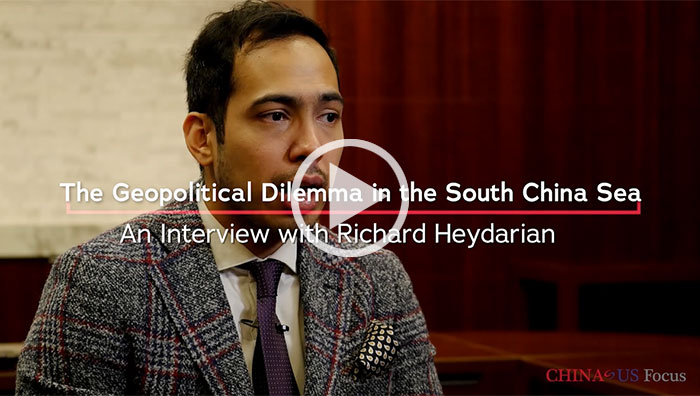
Apr 17, 2018
China-US Contributor Richard Javad Heydarian speaks on why the mid-level powers in the South China Sea need to "step up to the plate."
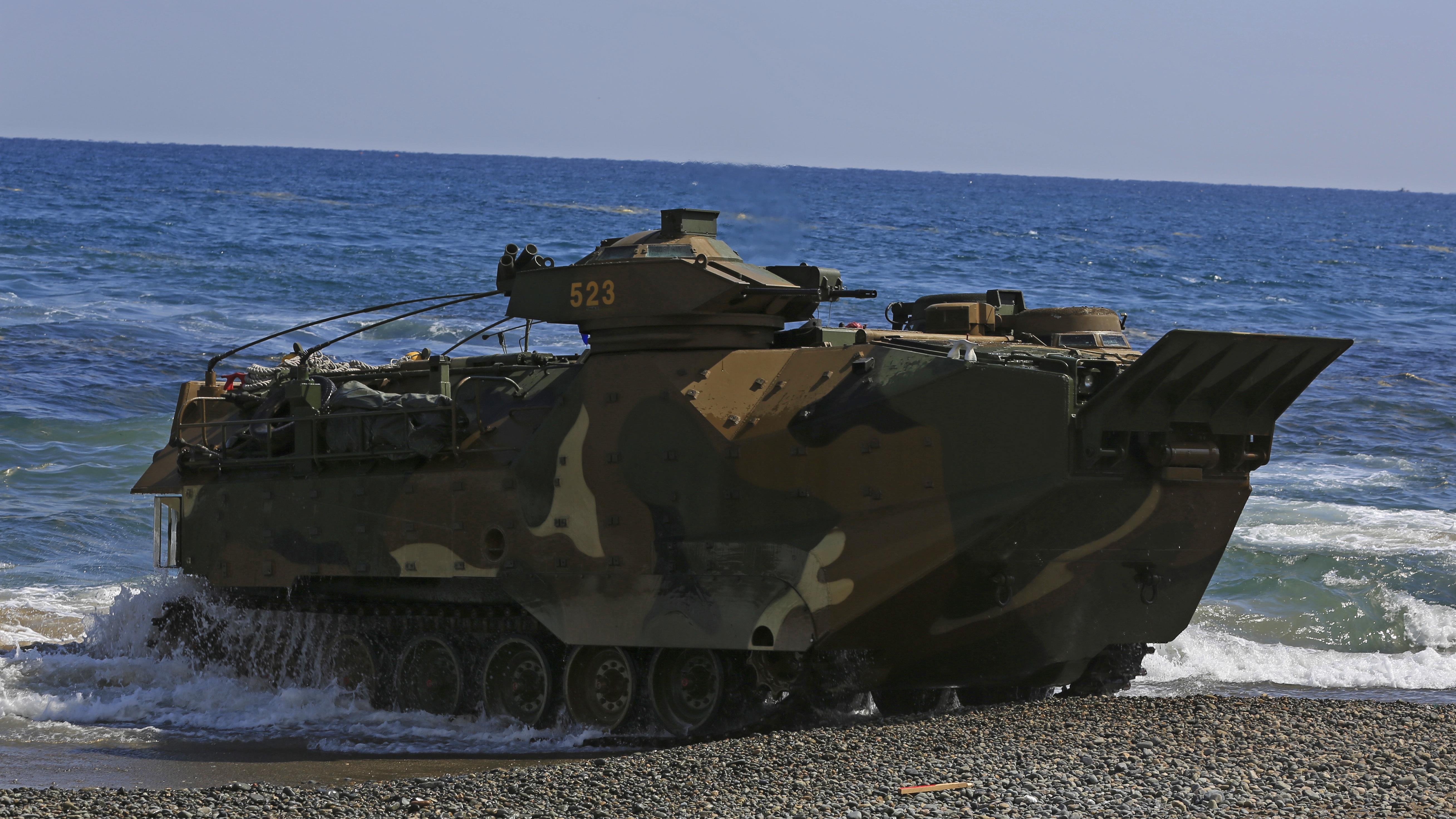
Steven Stashwick , Independent writer and researcher
Apr 12, 2018
China, the United States, and Japan are putting new emphasis on expanding their amphibious military capabilities, to both seize and defend strategic islands if needed. We may be heading towards an amphibious arms race in the Western Pacific.
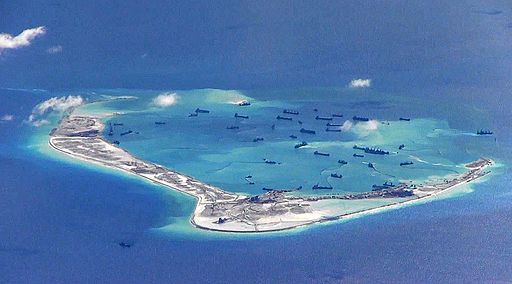
Brahma Chellaney, Professor, Center for Policy Research
Apr 06, 2018
The developments in the South China Sea carry far-reaching strategic implications for the Indo-Pacific and for the international maritime order. They also highlight that the biggest threat to maritime peace and security comes from unilateralism.
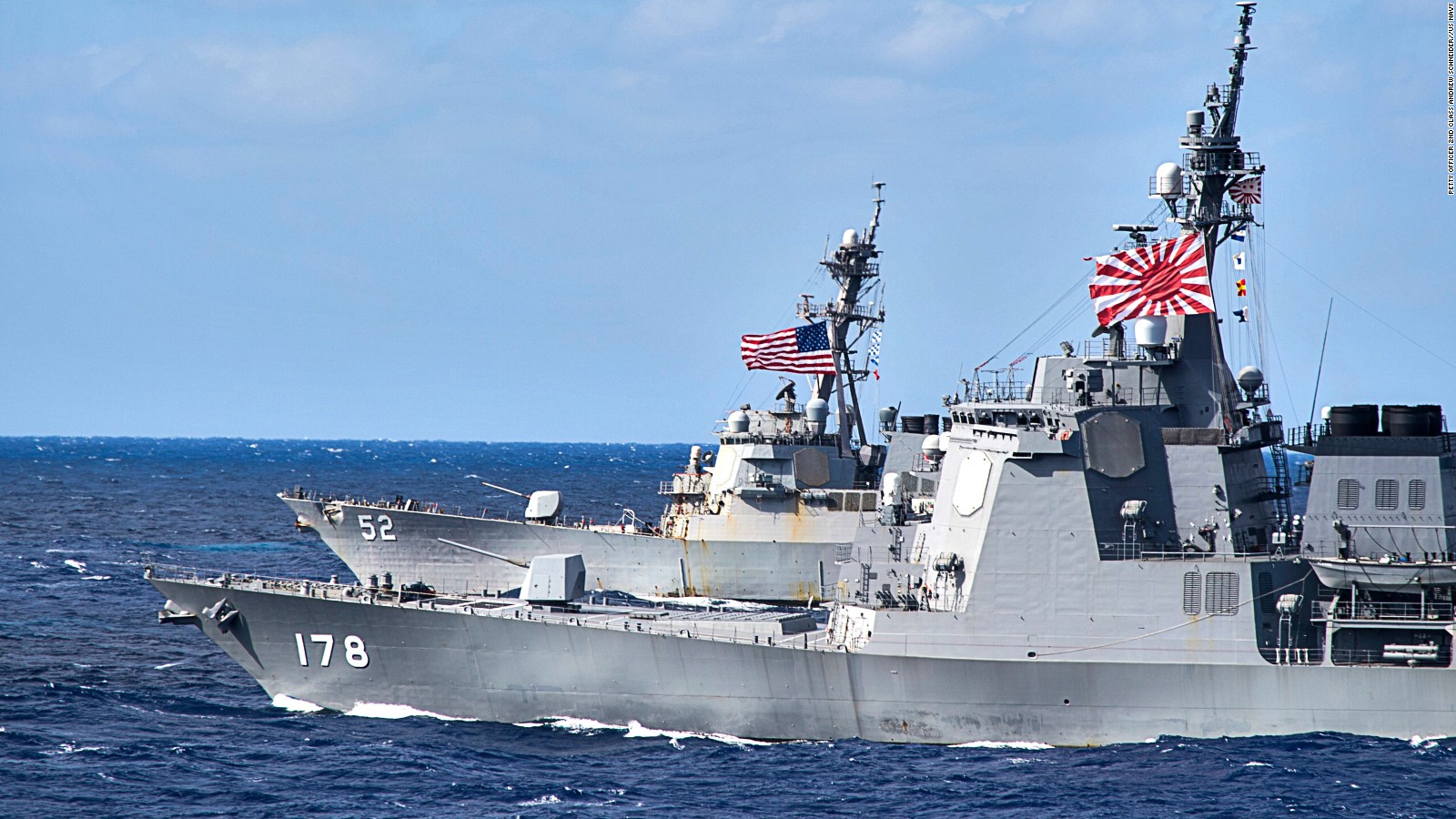
Giulio Pugliese, King’s College London, War Studies
Mar 29, 2018
The “Free and Open Indo-Pacific” strategy is aimed at deterring Chinese coercion by deepening alliances and strategic partnerships. To this end, Japan has enhanced military cooperation with partners such as the United States and India to balance against Beijing’s more assertive foreign and security policy under Xi Jinping.
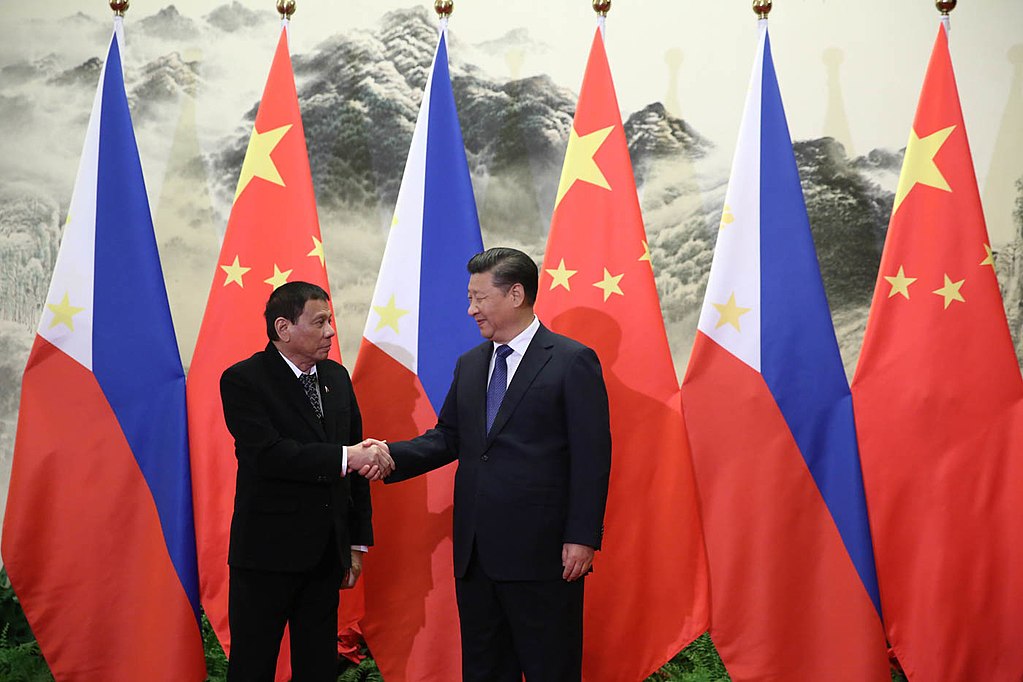
Richard Javad Heydarian, Professorial Chairholder in Geopolitics, Polytechnic University of the Philippines
Mar 26, 2018
In a telltale sign of improving bilateral relations, the Philippines and China have announced a preliminary agreement to pursue a joint development agreement in the South China Sea.
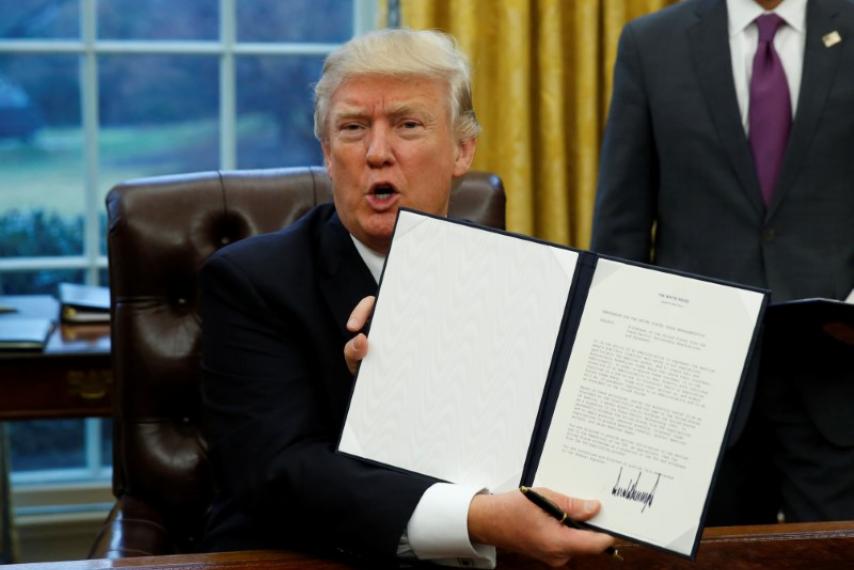
Haohua Lyu, Political Science Student, Boston College
Feb 13, 2018
The collapse of the TPP was a result of discrepancies at three levels.
Back to Top

- China-US Focus builds trust and understanding between the U.S. and China through open dialogue among thought leaders.
- Our Offerings
- Topics
- Videos
- Podcasts
- Columnists
- Research Reports
- Focus Digest
- Stay Connected
-
Thanks for signing up!
- Get the latest stories from China-US Focus weekly.